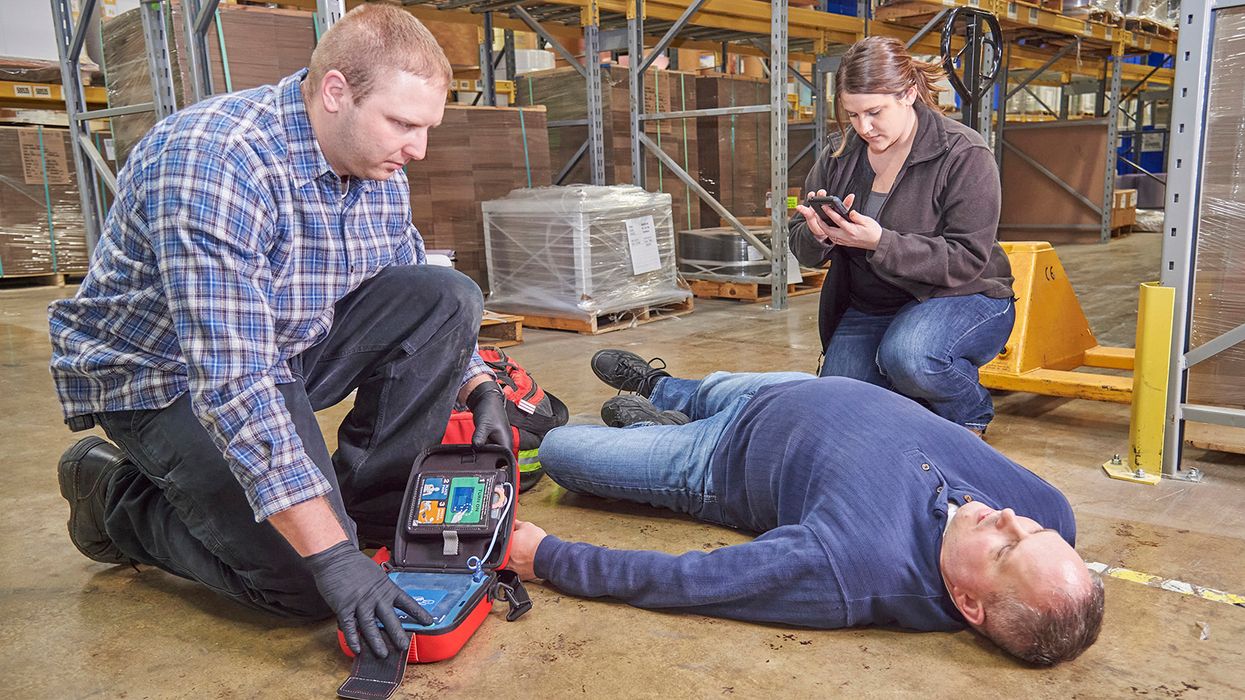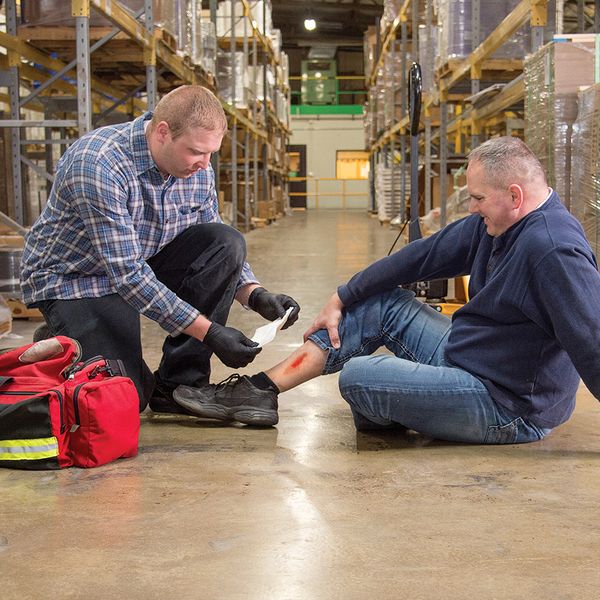Got BBP questions? We’ve got answers!
Got questions about OSHA’s bloodborne pathogens (BBP) standard? You’re not alone. Understanding what’s required – and whether the standard applies to your employees – is a headache for many employers. Workers exposed to BBP are at risk for serious or life-threatening illnesses, so it’s important you know whether 1910.1030 is applicable to your situation. Here are some of the most frequently asked questions (FAQs) we’ve received.
Who needs BBP training? Just healthcare workers?
Training hinges on whether employees have occupational exposure, as defined at 1910.1030(b): “Occupational Exposure means reasonably anticipated skin, eye, mucous membrane, or parenteral contact with blood or other potentially infectious materials that may result from the performance of an employee’s duties.” The risk for exposure to BBP exists for many workforce members, including first responders, housekeeping personnel, and healthcare workers, such as nurses. Employers are responsible for determining which job classifications or specific tasks and procedures involve occupational exposure.
How often should employees take BBP training?
Employees with occupational exposure must be trained at the time of initial assignment to tasks where occupational exposure may take place and at least annually thereafter. OSHA requires that employers provide further training when changes such as modification of tasks or procedures or the establishment of new tasks or procedures affect the employee’s occupational exposure. The additional training may be limited to addressing the new exposures created.
What qualifications does a BBP trainer need?
While the person conducting the training doesn’t need to be a healthcare professional, OSHA requires the trainer to be knowledgeable in the subject matter covered by the elements contained in the training program as it relates to the workplace that the training will address. More specifically, OSHA directive CPL 02-02-069 says, “In addition to demonstrating expertise in the area of the occupational hazard of bloodborne pathogens, the trainer must be familiar with the manner in which the elements in the training program relate to the particular workplace.”
“The [OSHA] Compliance Officer should verify the competency of the trainer based on the completion of specialized courses, degree programs, or work experience, if he/she determines that deficiencies in training exist. Possible trainers include a variety of healthcare professionals such as infection control practitioners, nurse practitioners, registered nurses, occupational health professionals, physician’s assistants, and emergency medical technicians.”
“Non-healthcare professionals, such as but not limited to, industrial hygienists, epidemiologists, or professional trainers, may conduct the training provided they are knowledgeable in the subject matter covered by the elements contained in the training program as it relates to the workplace. One way, but not the only way, knowledge can be demonstrated is the fact that the person received specialized training. In some workplaces, such as dental or physicians’ offices, the individual employer may conduct the training, provided he or she is familiar with bloodborne pathogen exposure control and the subject matter required by paragraphs (g)(2)(vii)(A) through (N).”
Are employees who are designated to render first aid covered by the BBP standard?
Yes. If employees are trained and designated as responsible for rendering first aid as part of their job duties, they’re covered by the protections of the standard.
Is online training adequate for employees who have occupational exposure?
An online training course will not, by itself, meet OSHA’s training requirement for BBP, given the need for site-specific information, duty-specific information, hands-on training, a qualified trainer, and an opportunity for employees to ask questions. Training program requirements are outlined at 1910.1030(g)(2)(vii).
Do we have to vaccinate employees who have occupational exposure with the hepatitis B vaccine?
You’re not required to vaccinate employees, but you do have to make the vaccine available after the employee has received the training required in paragraph (g)(2)(vii)(I) [see below] and within 10 working days of initial assignment to all employees who have occupational exposure unless the employee has previously received the complete hepatitis B vaccination series, antibody testing has revealed that the employee is immune, or the vaccine is contraindicated for medical reasons.
OSHA says BBP training must include: “Information on the hepatitis B vaccine, including information on its efficacy, safety, method of administration, the benefits of being vaccinated, and that the vaccine and vaccination will be offered free of charge.”
Where can I find a universal hepatitis B declination form?
Appendix A to 1910.1030 provides a mandatory hepatitis B declination form.
Key to remember: OSHA’s BBP standard doesn’t just apply to healthcare workers. If your employees have occupational exposure, as defined at 1910.1030(b), you must meet the requirements of the standard.



















































